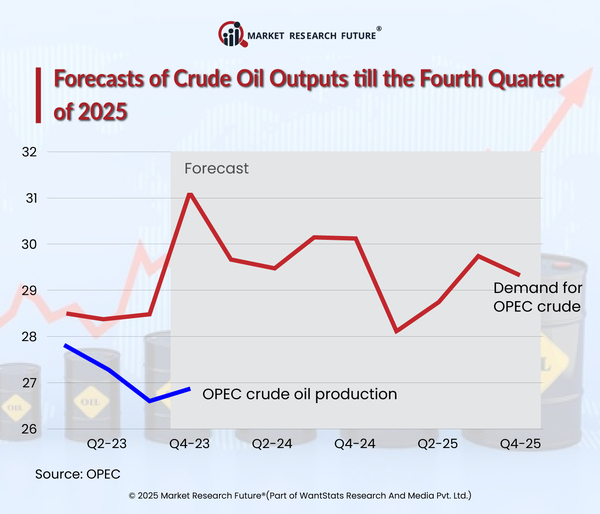Asia's Leadership in Global Oil Imports: Consequences for the Automotive Sector in 2025
Asia has retained the position as the top oil importer in 2025, and continues to maintain that critical position in the energy sector that the world relies on. China has retained its top spot as the most prominent crude oil importer since 2013. The International Energy Agency (IEA) has significantly indicated growth in China's crude oil imports, estimating 10.1 million barrels per day in 2019. With China's industrialization, the oil demand will climb even higher, further reinforcing China's position in the ultra-competitive global oil market.
With the multi-dimensional impact of the Russia-Ukraine conflict, Asian economies have started looking for oil from other countries, which disrupts the supply chains of the two countries. Many nations, like China, have acquired oil from countries like Brazil and West Africa without sanctions. China imports significant amounts of Brazilian and West African crude due to the sanctions and tariffs in 2025 that cut the country off from conventional sources of oil. These strategies are crucial for oil supply security in the context of uninterrupted geopolitical conflict by 2025.
This reliance on oil imports will profoundly impact Asia's automobile industry, particularly China and India. High dependence on crude oil imports leads to unstable gasoline and diesel prices in the region, meaning higher production costs for automobile manufacturers. This is particularly relevant for producers of conventional internal combustion engine cars. Moreover, shifting consumer sentiment in conjunction with rising fuel prices can lead to an increased demand for EVs and hybrids in light of more significant environmental sustainability measures undertaken by governments across the globe. According to a Reuters report in 2025, Asian automobile manufacturers are stepping up their production of electric vehicles in response to the increasing oil prices and heightened environmental regulations, knowing the internal combustion engine market will be more costly to operate.
The changing dynamics of the oil trade will likely simultaneously impact the energy and automobile industries. As the leading region in oil consumption, Asia presents new opportunities and challenges for automotive corporations, especially now that fuel prices, supply chain issues, and the need for EVs are changing the market environment.
Forecasts of crude oil outputs till the fourth quarter of 2025






